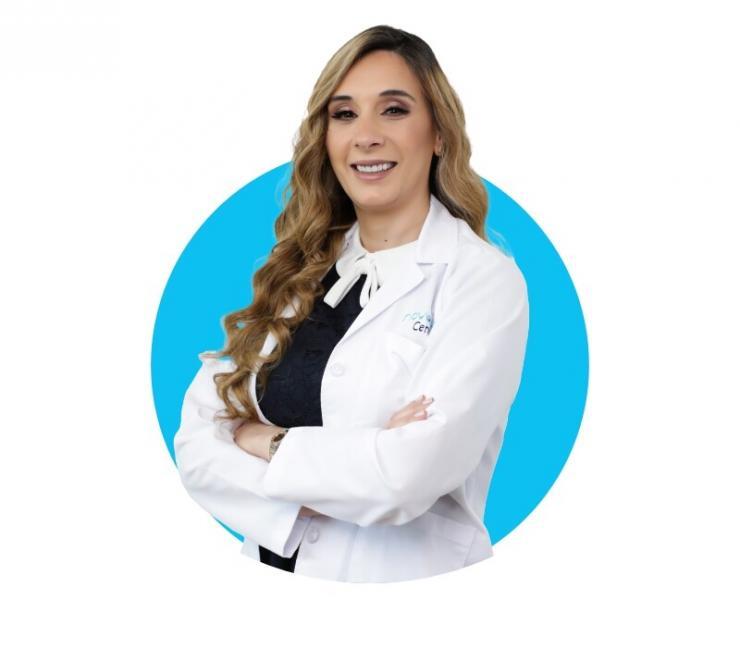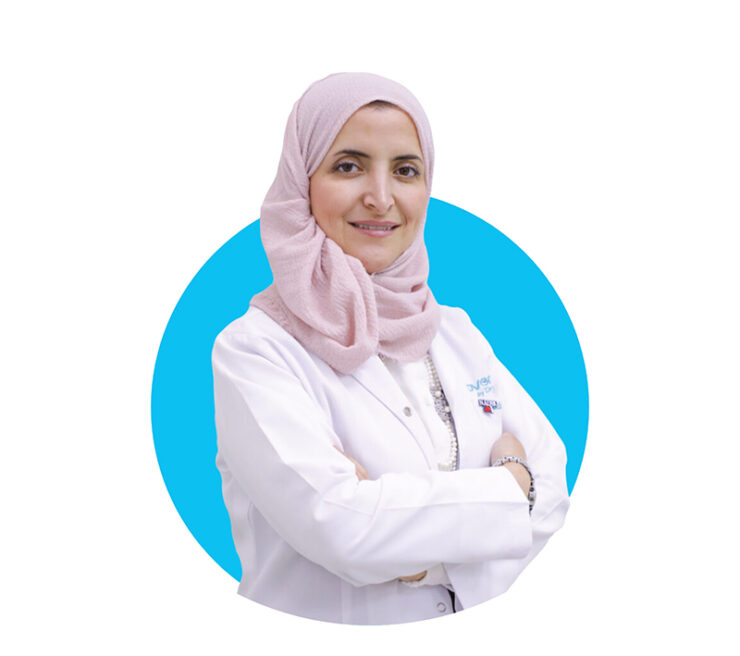Fibroids Treatment in Dubai, Abu Dhabi and Al Ain
Fibroid, also called fibromyalgia or leiomyoma, is a non-cancerous (benign) growth in the uterine wall. Fibroids may range from the size of a pea to the size of a watermelon and can increase in size, decrease in size, or even go away over time.
Fibroids are generally divided according to their location; Internal uterine fibroids grow inside the uterine muscle wall, submucosal fibroids swell inside the uterine cavity, and subserosal fibroids protrude out of the uterus.
Many women develop uterine fibroids at some point in their lifetime. However, they may not know that they have uterine fibroids because they often do not cause any symptoms. Your doctor may accidentally detect fibroids while examining the pelvis or performing an ultrasound scan during pregnancy.
The exact cause of fibroid is still unknown; however, the following factors may cause the development of fibroids:
- Genetic changes. Many fibroids contain genes that differ from those in normal uterine muscle cells.
- It appears that both estrogen and progesterone; two hormones that stimulate the growth of the endometrium during each menstrual cycle in preparation for pregnancy, can promote the growth of fibroids. Fibroids contain more estrogen and progesterone receptors than normal uterine muscle cells. Thus, fibroids tend to shrink after menopause, due to a decrease in hormone production.
- Other growth factors. Substances that help the body maintain tissue, such as the insulin-like growth factor, may affect the growth of a fibroid.
Most women with fibroids do not show any symptoms, and when the symptoms appear, they vary depending on the location, size, and number of fibroids.
The most common signs and symptoms include:
- Heavy menstrual bleeding
- menstrual periods that last more than a week
- Pelvic pressure or pain
- frequent urination
- difficulty emptying the bladder
- Pain during intercourse
- Pain in the back or legs
- Constipation
Although uterine fibroids are often not serious, they may cause discomfort, and may lead to complications such as low red blood cell count (anemia); This causes fatigue due to heavy blood loss, but it rarely requires a blood transfusion.
If the diagnosis needs to be confirmed, the doctor may request an ultrasound to screen your uterus and confirm the diagnosis, and to identify and measure fibroids.
If you have abnormal menstrual bleeding, your doctor may order other tests to check the possible causes. These tests may include a complete blood count (CBC) to determine if you are anemic due to chronic blood loss, and other blood tests to rule out bleeding disorders or thyroid problems.
This imaging test can show in more detail the size and location of fibroids, identify different types of fibroids, and help determine appropriate treatment options. MRI is often used with women who have a large uterus or women who are approaching menopause (premenopausal).
also called sonogram examination of saline infusion, uses a sterile saline solution to expand the uterine cavity; This makes it easier to obtain images of submucosal fibroids and endometriosis in women who are trying to conceive or who have heavy menstrual bleeding
In this examination, the doctor inserts a small scope called a hysteroscope through the cervix into the womb. The doctor then injects a saline solution into the uterus, which works to expand the uterine cavity and allow the doctor to examine the uterine walls and the two fallopian tubes.
This type of medication treats fibroids by blocking the production of estrogen and progesterone so that fibroids shrink and anemia improves.
IUD can relieve heavy bleeding caused by fibroids; however, it only helps to relieve symptoms and does not cause fibroids to shrink or make them disappear. It also prevents pregnancy.
Non-hormonal medications are used to relieve heavy menstrual periods. It is taken only during heavy bleeding.
Your doctor may recommend that you take other medicines. For example, oral contraceptives can help control menstrual bleeding, but they do not reduce the size of the fibroid.
The operation is performed by inserting a device through the cervix, which is an appropriate means of removing fibroids inside the uterine cavity.
In severe and anomalous situations, complete hysterectomy can be performed.
The surgery is performed through small incisions made in the abdominal wall, and it is suitable for removing fibroids outside the womb
It is performed by making an incision in the abdomen and extracting fibroids. This surgery is suitable for removing large fibroids






